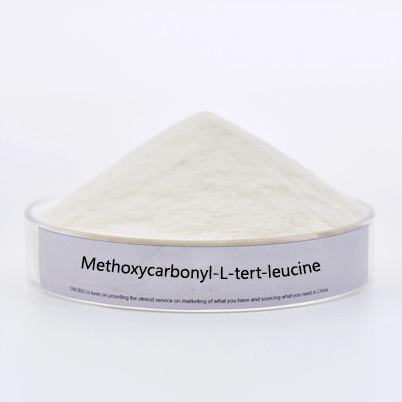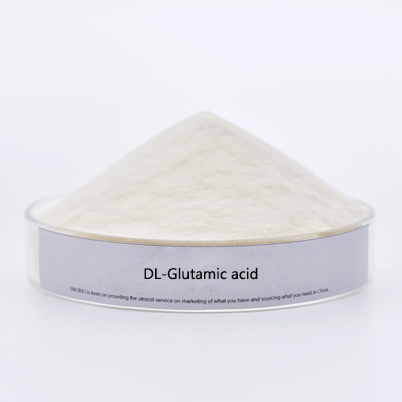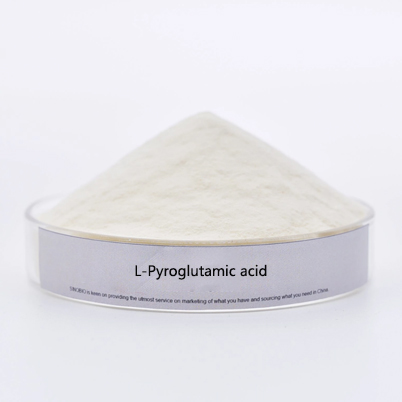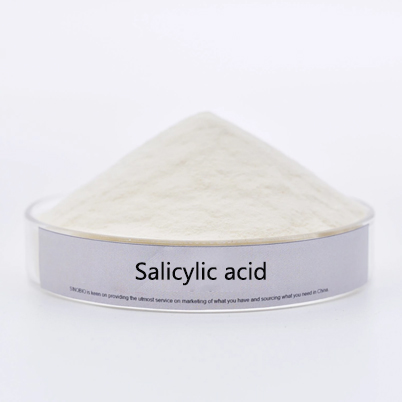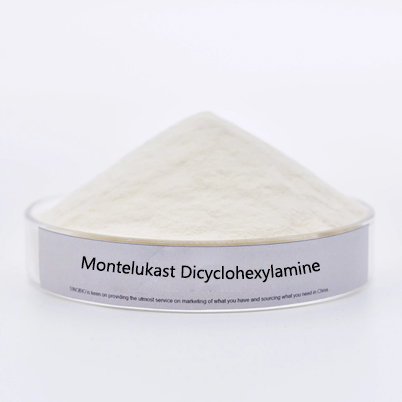- E-mail : info_medicalmarketing@jindunmedical.com
- Phone : +86 21 64057580
- Address : Shanghai China
Relationship between engramine treatment and uric acid levels and prognosis in patients with heart failure with reduced ejection fraction
Relationship of Englestrin Treatment with Uric Acid Levels and Prognosis in Patients with Heart Failure with Reduced Ejection Fraction
Study Background
Hyperuricemia is a common symptom in patients with heart failure (HF) and can lead to an increased risk of HF hospitalization and increased mortality. Therefore, serum uric acid (SUA) has been identified as an independent risk factor for the prognostic score of HF. Xanthine oxidase (XO), which produces uric acid, is activated under catabolic, hypoxic, or inflammatory conditions that also characterize the pathophysiology of HF. Controlled clinical trials of SUA reduction by XO enzyme synthesis inhibition or uric acid excretion therapy have not demonstrated clinical benefit in patients with HF. Several HF therapeutic agents have a SUA-lowering effect, but this effect is not related to the benefit of the drug for HF.
Sodium-glucose co-transport protein 2 (SGLT2) inhibitors had a significant effect on reducing SUA levels, but the relevance of this observation to the overall benefit of SGLT2 inhibitors in HF is unclear. Therefore, the aim of this study was to evaluate the relationship between SUA levels and SUA level dynamics and the therapeutic effect of the SGLT2 inhibitor engramine on hospitalization, death and renal function, as well as the effect of engramine on clinical events in hyperuricemia, in patients with HF with reduced ejection fraction (HFrEF) participating in the EMPEROR-Reduced trial.
Study Methods
The EMPEROR-Reduced trial is a randomized, double-blind, parallel-group, placebo-controlled and event-driven study designed to assess the effect of the SGLT2 inhibitor engramlizine on morbidity and mortality in patients with HFrEF. The study included 3676 patients (98.6% of the study cohort) participating in the EMPEROR-Reduced trial and examined the relationship between SUA and the primary composite endpoint (cardiovascular [CV] death or hospitalization for worsening HF) and components of the primary endpoint, as well as all-cause mortality. The treatment effect of engramine was also examined in relation to SUA as a continuous variable, clinical hyperuricemia (>5.7 mg/dL in women and >7.0 mg/dL in men), and SUA tertile subgroups.
Study results
Among 3676 patients with baseline SUA information, the mean blood uric acid level was 7.29±2.06 mg/dL in men and 6.54±2.03 mg/dL in women. the placebo group had a slightly higher SUA at baseline compared with the engramine group (7.18±2.11 vs. 7.04±2.04 mg/dL, P=0.04). The prevalence of hyperuricemia at baseline was 51.6% and 55.3%, respectively (engramine group vs. placebo group, P=0.03).
1. Relationship between uric acid and clinical outcomes
In the placebo group, the risk of clinical outcomes for the primary endpoint, first or recurrent HF hospitalization, CV death, and all-cause death increased in parallel with increasing SUA levels (P for trend < 0.001). The risk was 60-80% higher in patients in the highest tertile group compared with those in the lowest tertile group. When SUA was analyzed as a continuous variable, the curve was J-shaped, suggesting that higher SUA levels were associated with poorer outcomes. SUA did not predict the risk of the composite renal endpoint.
In the placebo group, the rate of clinically relevant hyperuricemic events was more than ten times higher in patients in the highest tertile compared with those in the lowest tertile of SUA (17.7/100 patient-years vs. 1.5/100 patient-years).
2. Effect of engramine on uric acid levels and clinical hyperuricemic events
Over the 4-week treatment period, treatment with engramlizine resulted in a significant reduction in SUA compared with placebo (mean change: -1.11 ± 0.03 vs. 0.01 ± 0.03 mg/dL, P < 0.001), with the effect remaining stable over the treatment period. the most significant reduction in SUA levels was seen at week 4 in patients with SUA in the third quartile and receiving engramlizine (first quartile. -0.54±0.05 mg/dL, second quartile: -1.04±0.05 mg/dL, third quartile: -1.75±0.05 mg/dL). The effect of engramlizine in reducing UA was consistent across the prespecified subgroups, including patients with severely impaired renal function.
Clinically relevant hyperuricemic events occurred in 94 patients in the engramine group compared with 135 patients in the placebo group. Englestrin treatment reduced the risk of clinically relevant hyperuricemic events by 32% (P=0.004). When the components of clinically relevant hyperuricemic events were analyzed separately, the risk reduction was comparable for both events (initiation of uric acid-lowering drug therapy: HR 0.69, 95% CI 0.52-0.91; gout events: HR 0.70, 95% CI 0.45-1.08).
3. Relationship between the efficacy of engramlizine and serum uric acid levels and their dynamics
The effect of engramlizine on the primary composite endpoint and risk of hospitalization for heart failure was not affected by SUA. The benefit of engramlizine was similar across SUA quartiles (all P interactions >0.1). When baseline SUA was included as a continuous variable in the Cox model, the benefit of engramine on the primary composite endpoint was independent of SUA (P < 0.001). Even when the percentage change in SUA at 4 weeks was included as a covariate in the Cox model, the effect of engramine on the composite endpoint remained significant (P=0.012).
In contrast, the study observed a significant interaction between the effects of engramine treatment and baseline SUA levels on CV death (P interaction=0.005) and all-cause death (P interaction=0.011). In patients in the highest SUA tertile, the HR for engramine versus placebo was 0.71 and 0.76, respectively, while in patients in the lowest SUA tertile, the HR for engramine versus placebo was 1.42 and 1.29, respectively. similar results were observed when NT-proBNP and collaterals diuretic levels were included in a multifactorial model.
Study conclusions
In conclusion, hyperuricemia is a common comorbidity in patients with heart failure, and reduced EF and elevated SUA are independent predictors of advanced disease and poor prognosis. Engeletin treatment resulted in a rapid and sustained reduction in SUA and a reduced risk of clinically relevant hyperuricemic events, a novel phenomenon observed during SGLT2 inhibitor therapy with clinical significance. The SUA-lowering effect of engramlizine was observed in all patient subgroups, and the benefit of engramlizine on HF outcomes was independent of SUA levels and SUA level dynamics.
References
Doehner W, Anker S D, Butler J, et al. Uric acid and sodium-glucose cotransporter-2 inhibition with empagliflozin in heart failure with reduced ejection fraction: the EMPEROR-reduced trial[J]. European Heart Journal, 2022.-
date
2022-12-02
-
location
Shanghai, China






































